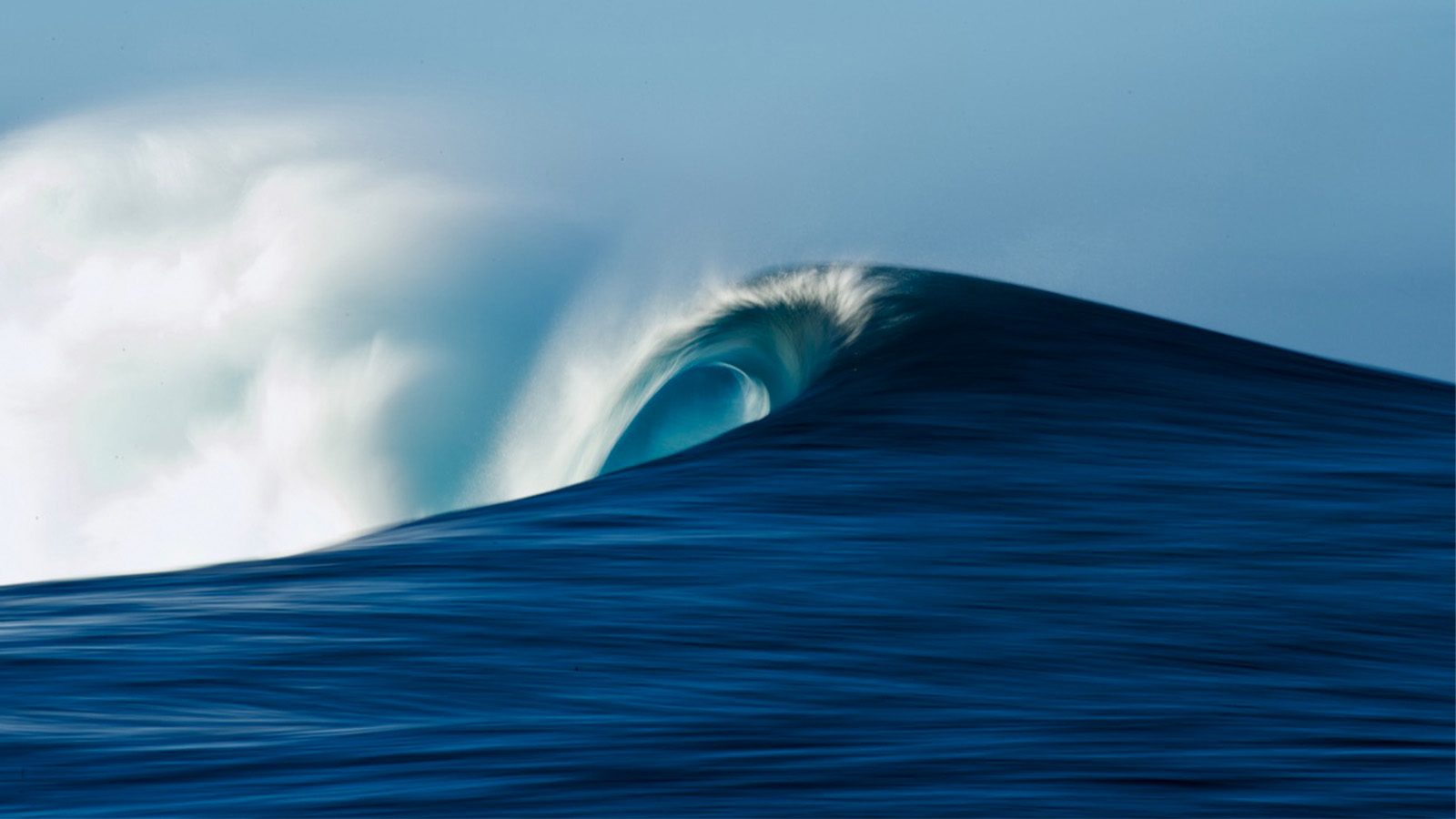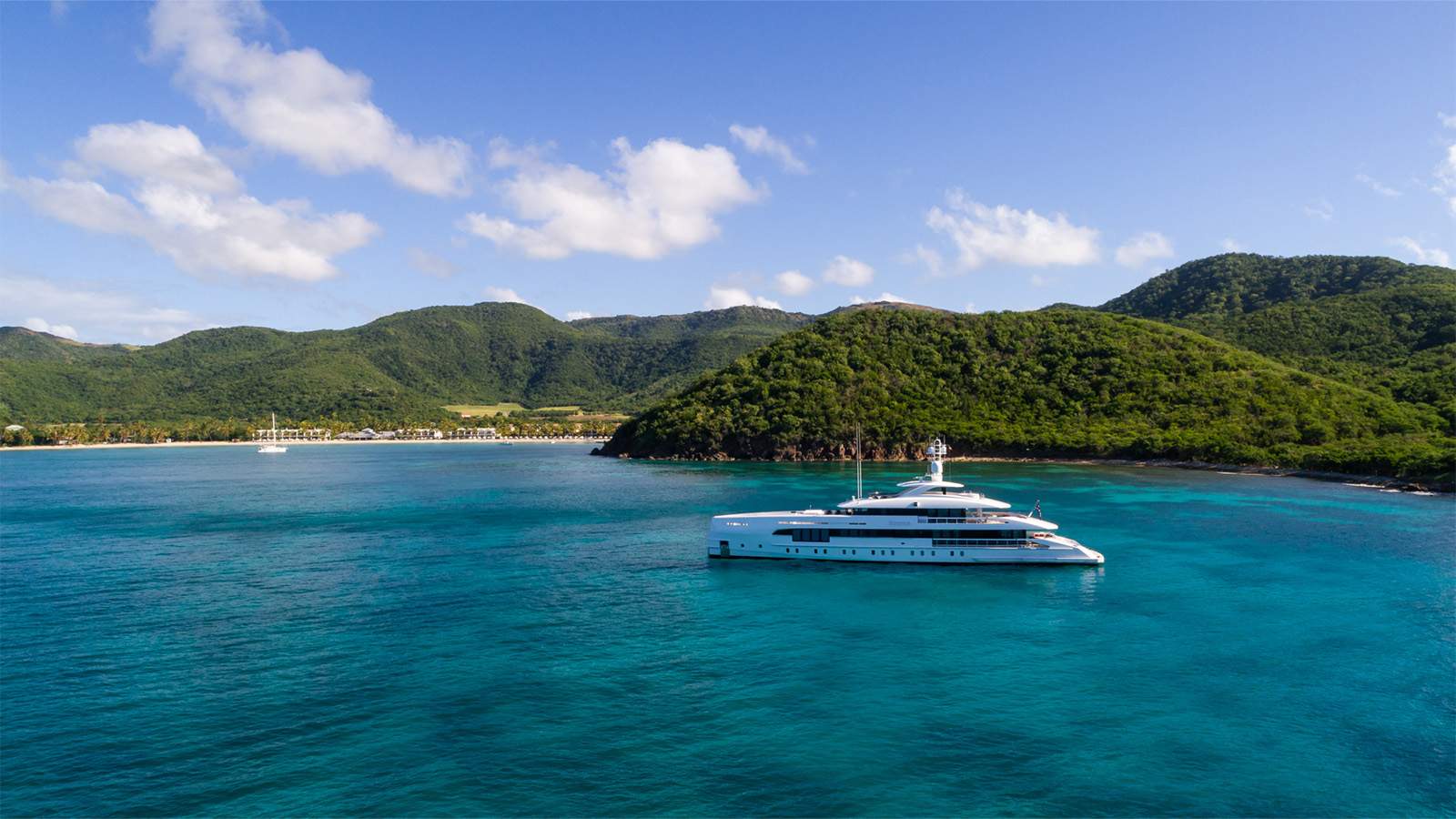Heesen backs greener superyachts using the new YETI index
Marshalling half of the world’s superyacht builders into a single room at the same time is quite a feat. Doing it repeatedly over five years and emerging triumphant with an environmental yardstick to measure new yachts is a formidable feat. And yet this is exactly what the Water Revolution Foundation (WRF) has achieved with its Yacht Environmental Transparency Index (YETI) group.
Rewind to the Christmas of 2018, when Bram Jongepier of De Voogt Naval Architects was reflecting on a rising tide of greenwashing in the marine sector. He wanted clients to consider more efficient hull shapes and smarter technology to reduce the emissions of running a new yacht. “But our proposals were being expressed as extra costs, making it a very one-sided discussion,” Jongepier says. “It was never about what the costs meant for the environmental performance. We lacked a benchmark for new projects.”
He sent a message to peers laying out the problem and asking them whether they too were grappling with the same issue. The answer became clear when representatives from half of the new build industry agreed on the spot to set up a joint initiative under the umbrella of the Water Revolution Foundation. Among them was Erik van Mourik, Heesen’s manager of cost and accounting.
“We got involved to learn more about the energy usage of yachts and to exchange knowledge and learn from other participants,” van Mourik says. “Our aim was to better understand where we can save energy to improve our yachts. Sustainability is becoming very important in future projects.”
The work was split into different task groups who reported back regularly. Knowing that the operation of a yacht accounts for some 90 per cent of its lifetime emissions, the YETI group considered every aspect of energy use from hull efficiency to waste heat recycling. But the steepest mountain to climb was for the sub-group handling hotel power consumption on board – a key factor in the yacht’s overall environmental footprint.
“It was the toughest element by far, because each yard has their own methodology of determining the hotel load and it is all based on experience factors rather than real measurements,” says van Mourik. “What’s more, yachts tend to have lots of redundancy built into their systems because yachting is all about comfort and luxury. However, we know that a properly loaded generator runs much more efficiently than a lightly loaded one.”
They grafted away with full-time support from naval architect Hanna Dabrowska and expertise from TNO, Marin and the University of Delft, until they had hammered out a method to evaluate energy efficiency based on data gleaned from 100 different yachts. And what this methodology revealed is astonishing. “The hotel load uses 50% of the yacht’s total energy on a yearly basis,” says van Mourik. “In this operating profile, the yacht is under power just 5-10 per cent of the time and at anchor or in the marina for the rest. But hotel loads require energy all the time to run the systems on board.”
Armed with the YETI methodology, which looks at dozens of key points in assessing a yacht’s environmental impact, designers and builders will be able to interrogate every decision before it is implemented. The output is a score called Ecopoints, totalling up 18 different environmental impacts in proportion to their harmfulness. From NOx to particulates, eutrophication to climate change, the lower the score, the better.
Yacht owners benefit, too, as this score allows them to benchmark the yacht they are building, buying, refitting or chartering against the rest of the fleet. It costs nothing to obtain the score, but for a reasonable fee of €2,500, WRF will also analyse the results and provide detailed recommendations on where and how to reduce the yacht’s emissions. Future developments will make the score more accurate still, by taking into account the full lifecycle of the yacht, from sourcing raw materials to end-of-life refit.
In the meantime, Heesen is already bringing the YETI tool into its standard build process. “We can apply the tool to compare yachts,” says van Mourik. “And we already have a client who is interested in the YETI score of his yacht. In general, owners are more and more interested in sustainability, so this area is only going to grow.”
Written by Sam Fortescue
Share
COME AND MEET US: YOU’RE INVITED!
Headquarters
Robert Drontmann Sales Director
| Eckly Hendriks Sales Manager
Sara Gioanola PR & Press Office Manager
Heesen Yachts Agents
Thom Conboy Agent North-America, Mexico, Bahama's & Caribbean
| Hisham Abushakra Agent for the Middle East region



